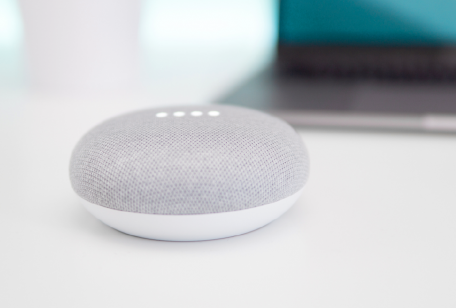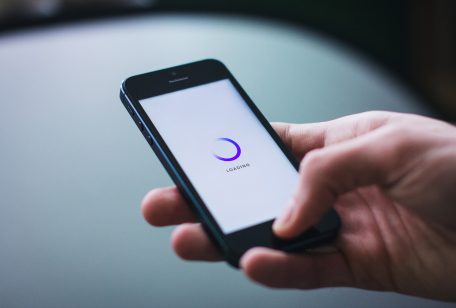
MDC Newsroom
Cloud gaming or game on demand, simply put, allows users to play on any device, without the need to have a console to process the game, and without the obligation to have a physical copy of the game.
Gaming in the cloud requires ultra-low latencies. This allows numerous players to join games in real time and participate in massively multiplayer games. These interactions make it impossible to temporarily store information in a buffer like Netflix does with its content.
Read on: Google Unleashes a New Era for Cloud Gaming with its New Platform: Stadia
All this leads to a new business model: gambling as a service (GaaS), in which the player does not buy the game physically, but pays a monthly membership to access it.
But cloud gaming goes beyond a subscription to play. In the market, there are already models like the Xbox Game Pass, where users pay to access a series of titles and can then download them to a console. Cloud gaming promises to process the game software in the central nodes of the network and offer it to the player via streaming.
According to one of the key findings presented during a recent live broadcast of Openwave (which was attended by more than 50 operators, including Vodafone, Orange, Deutsche Telekom, Verizon, AT&T, and Telefónica) estimates that cloud gaming could account for half of the 5G data traffic by 2022.
Read on: Internet of things and the crossing with the 5G, the promise of the coming years
“The recent emergence of cloud gaming platforms including Google Stadia, Apple Arcade, Microsoft xCloud, and Snap Games has not escaped the attention of the operator community,” said John Giere, president, and CEO of Openwave Mobility. Giere also believes that games in the cloud will consume three to four times the amount of bandwidth in 5G networks, compared to standard definition video traffic.
According to GSMA Intelligence data, so far 79 telecommunications operators from 50 countries have made public their plans to launch 5G-based services by 2020. Forecasts indicate rapid expansion of this technology in the next decade: 200 million 5G connections in the world planned for 2021 and 1.4 billion by 2025. That figure would equal 15% of all global connections.
Sources:








